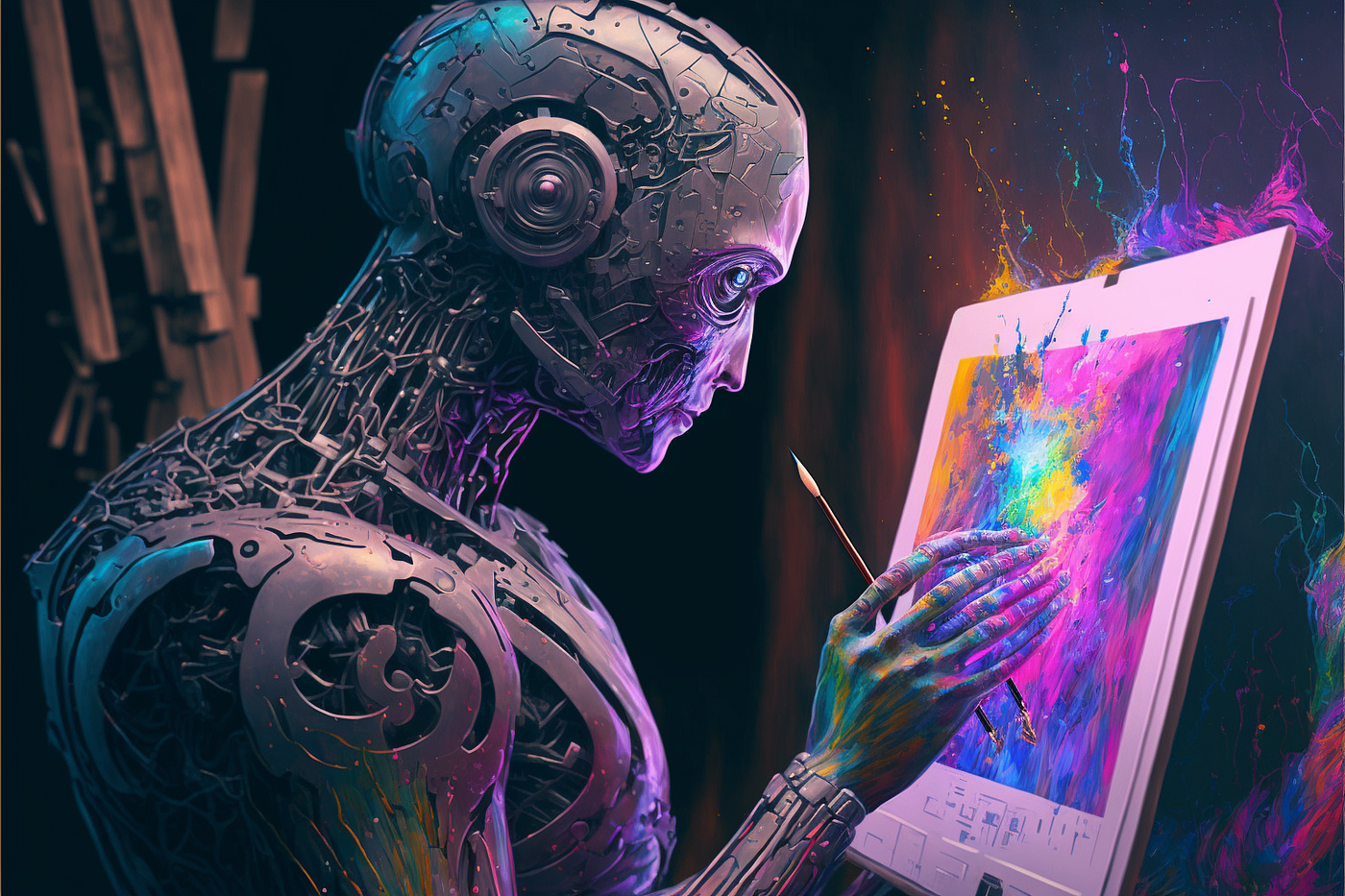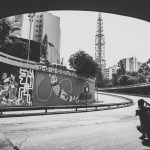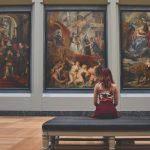Artificial Intelligence (AI) has initiated a new era in artistic expression, transforming creativity and surpassing traditional boundaries. It leaves a unique imprint in the art world by producing works blending computational skills with aesthetic value. This exploration reveals AI’s revolutionary role in the arts, from emulating classic elegance to fostering human-machine collaborations. We’ll explore notable AI art, including “Edmond de Belamy”, and the art industry’s evolving response to digital art. This analysis offers insight into AI’s role in redefining and extending the limits of art, marking a significant merge of technology and artistry.
The Essence of AI-Generated Art
AI-generated art is a whole novel medium of expression, not merely a production of human ingenuity. These algorithms can identify patterns, styles, and techniques in the historical art world and then synthesize this knowledge to create something utterly new, frequently with spectacular and unexpected outcomes.
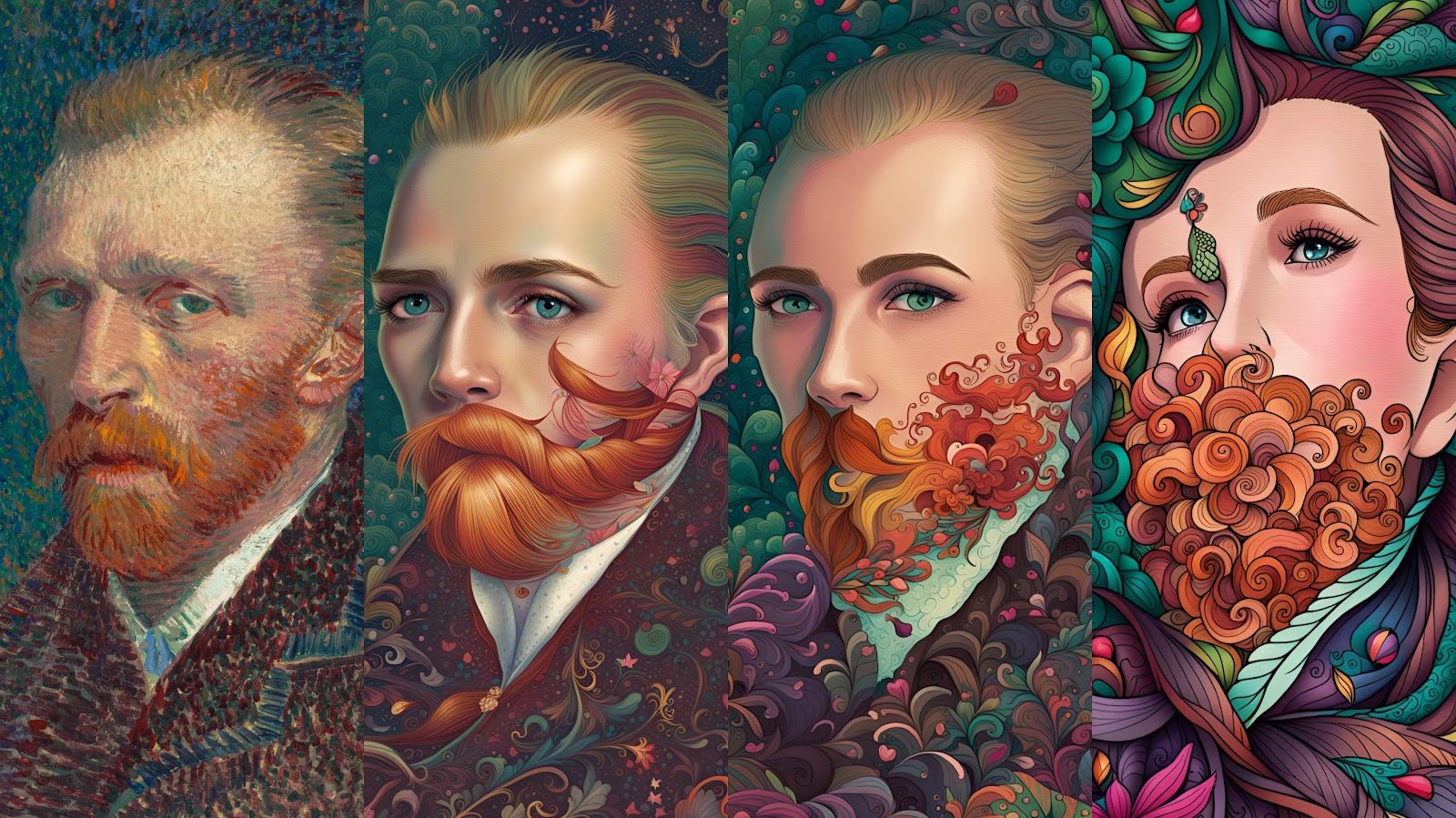
Pioneering AI Artworks
The piece ‘Edmond de Belamy’ was created by the Paris-based group Obvious. It was made using a machine learning algorithm called GAN (Generative Adversarial Network). This work is a renowned example of AI in art. It mimics European classical period styles. Christie’s auctioned the portrait for a significant sum. This event marked a major advancement in AI art acceptance.
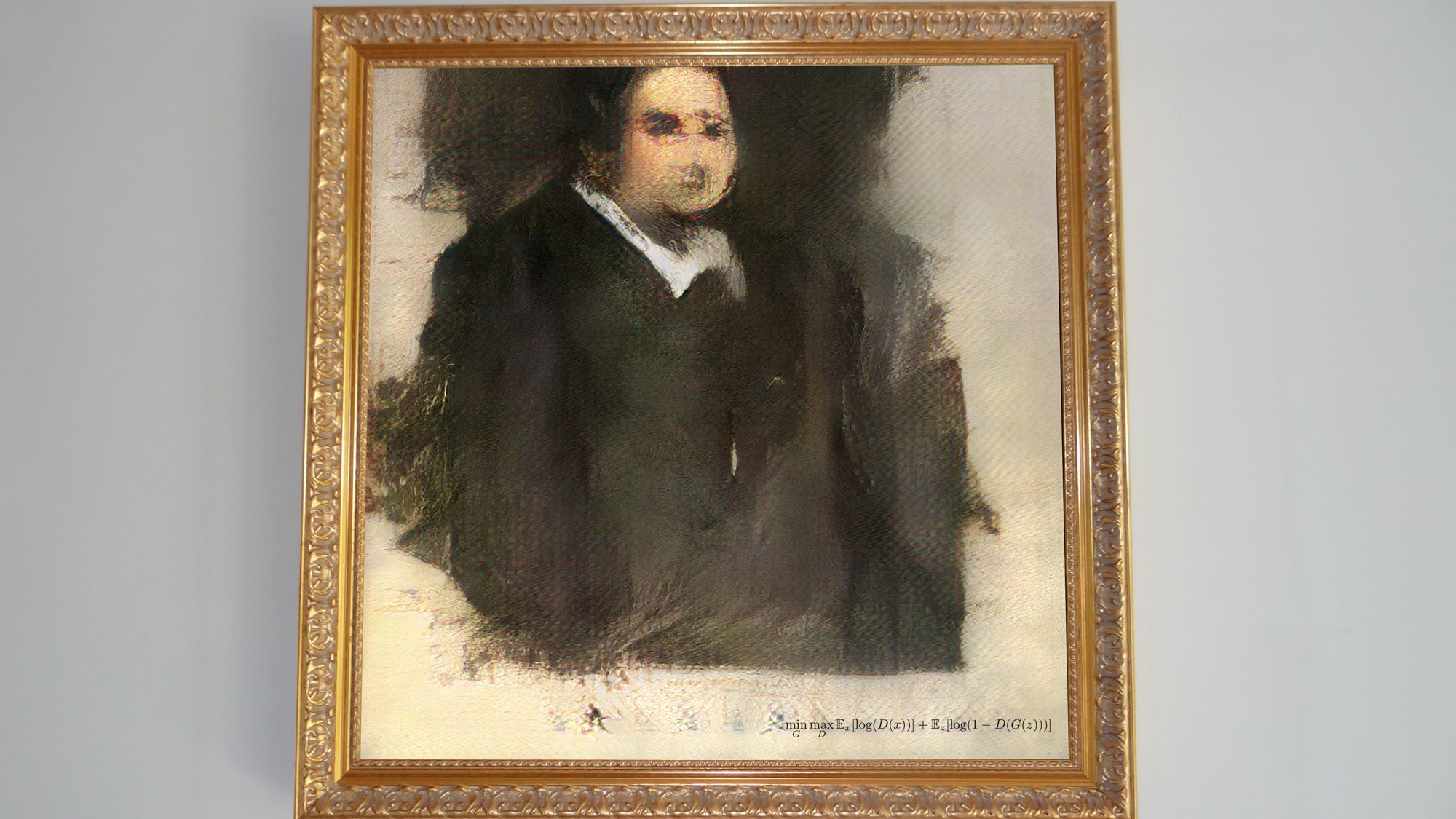
AI in collaborative Art
Another exciting development is human-AI partnership. AI is utilized by artists such as Refik Anadol to process massive datasets and produce captivating, dynamic artworks. Anadol’s projects, such as “Machine Hallucinations”, are well-known for their capacity to turn data into engaging visual experiences.

The Debate Around AI Art:
The contemporary age of art is not without controversy. Questions concerning the originality and credibility of AI-generated art have arisen, with arguments concentrating on the algorithm’s creative input against the human programmer. This conversation is critical for comprehending and establishing the bounds and ethics of AI in art.
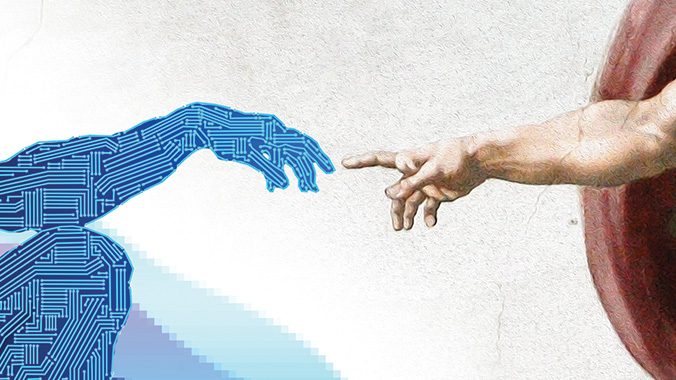
Impact on The Art Market
The art market is becoming increasingly willing to open up to AI-generated art, with auction houses and galleries displaying AI pieces alongside traditional art. This embrace demonstrates the ever-changing character of art and its capacity to adapt to technological advances.
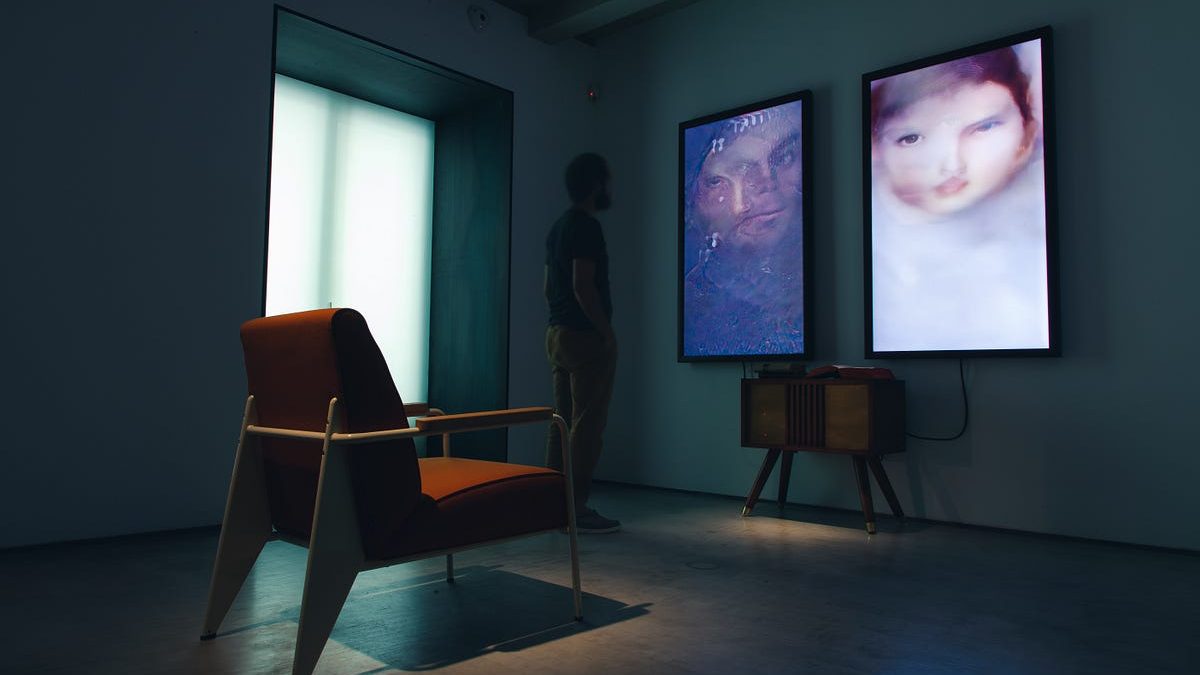
Finally, the appearance of AI in art evokes a ground-breaking intersection of technology and creativity, providing a new perspective on artistic expression. As AI advances, it challenges our assumptions about the process of creation, blurring the distinction between human and machine-generated art. The period in question extends beyond just creating AI art; it’s about sparking crucial dialogues on creativity, authorship, and technology’s role in art. AI’s impact on art transcends mere novelty, reshaping the landscape of artistic expression and revolutionizing the art market. Moving forward, acknowledging these shifts with an open, impartial mindset is crucial, recognizing AI’s capacity to evolve and enrich the art world. This is not the end, but rather a fresh beginning in the ever-evolving narrative of art.

